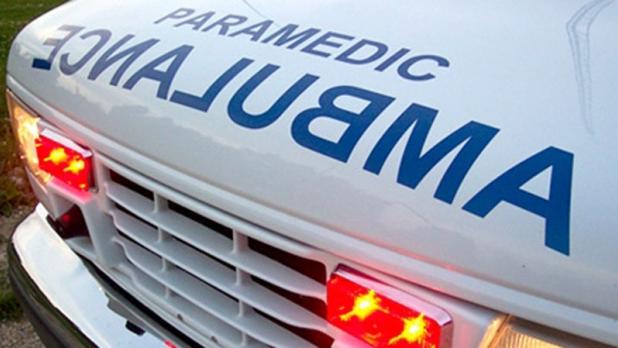
Several Ontario municipalities say their paramedic services are under immense pressure, with worrying stretches of times during which no ambulances are available to respond to calls _ but the province doesn’t track the problem.
The government does have data on the hours paramedics spend waiting in emergency rooms to transfer patients to the care of a hospital, which are often a key factor in ambulance availability, but won’t disclose it.
Some emergency officials and community leaders say more needs to be done to help paramedic services, but the lack of publicly available provincial information makes it hard to assess the scope of the problem.
Niko Georgiadis, chair of the CUPE Ambulance Committee of Ontario says ambulance dispatch centres are mostly operated by the province, so they should be keeping track of how often there are no ambulances available _ situations known as code zero or code black.
A spokesperson for Health Minister Sylvia Jones says the province doesn’t track that because municipalities are responsible for ambulance deployment strategies.
Jones has implemented and expanded various programs to address ambulance availability issues, from increasing funding for nurses to monitor ambulance patients so paramedics can get back on the road, to allowing paramedics to take patients somewhere other than an E-R.
But several communities say offload delays — time paramedics spend waiting in E-Rs to transfer patients — and the lack of ambulance availability skyrocketed from 2021 to 2022.
Last year, Ottawa’s paramedic service spent 93-thousand, 686 hours in offload delays, while in Toronto, a paramedic services report puts that number at about 300-thousand hours.
In Waterloo Region, the amount of time no ambulances were available increased by 571 per cent from 2021 to 2022.







